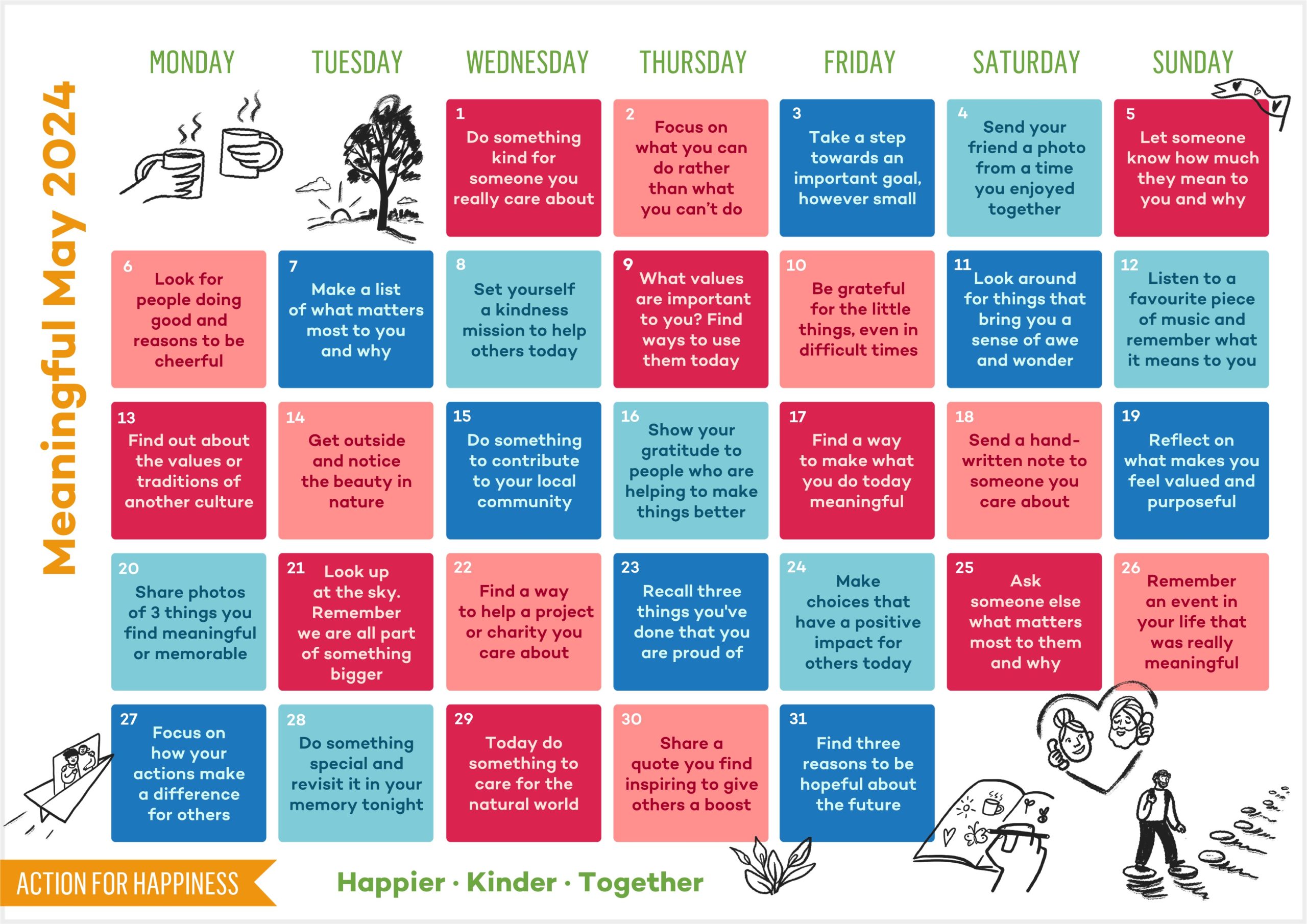You’ve heard it before: You shouldn’t let perfection get in the way of progress. But you also want to excel at work and perfection may seem like the best pathway for career growth. However, perfection can be a barrier to getting ahead—in some surprising ways. It’s to your advantage to let go of the pursuit of perfection and find ways to be excellent without being ideal.
Some aspects of perfectionism—setting high standards and working toward goals proactively — can be good for your career, but perfectionism has a significant downside. Obsessing about making mistakes or letting others down or holding yourself to impossibly high standards can have negative consequences. According to research examining 43 different studies over 20 years by York St. John University, perfectionism is linked to burnout as well as depression, anxiety and even mortality.
Perfectionism is demotivating. Striving for excellence and pushing yourself are wonderful motivators, but you’ll reduce your engagement if you carry these too far. With ideals which are unattainable, you’ll never feel like you’re good enough and you’ll miss out on rewards of accomplishment. When you’re down or disheartened, it will be tough to put your energy into your work and you’ll detract from your own effectiveness.
Demotivating perfectionism often results in:
- Anxiety and depression
- Physical health problems
Perfectionism distances you from others. If you fall into the trap of believing you’re close to perfect, you run the risk of intimidating others who know they aren’t. They will want to avoid the overwork or overthinking which become your hallmark. Further, if you avoid admitting mistakes, you’ll come across as inauthentic.
Signs that your perfectionism is creating distances from others:
- Strained relationships
- Not being present
Perfectionism reduces your effectiveness. Know when enough is enough and be satisfied with delivering on a project where you’ve performed well, if not flawlessly. Rather than waiting to release your work until it’s perfect, get comfortable with incremental improvement over time, and the career benefits of continuous learning.
Indicators of reduced effectiveness due to perfectionism:
- Decreased productivity
- Increased vulnerability

So how might you shift from your perfectionist tendencies? Whether you’re a confirmed perfectionist or a personality who is always driving for too much, you can change. Here are some suggestions.
Change your thinking. Recognize that you’re limiting yourself and seek to think differently—taking the pressure off of yourself to be all things to all people all the time. Know you can’t possibly do it all and reassure yourself that whatever you do well is a contribution to the community and to your colleagues.
Find a friend. Find a trusted colleague with whom you can compare notes and who can give you feedback and validate your efforts, as well as challenge you when you’re getting stuck. The process of reflecting with a friend and feeling understood can help you make progress.
Be selective. Another way to manage perfection is by assessing what’s most important for your performance and growth. There may be tasks which are less important or less consequential—and you can put less into those—while other tasks demand a higher level of effort.
Set deadlines. Work expands to fit available time, so set deadlines for your projects. Give yourself a timeframe for your work, and when you hit the limit, call the outcome good enough. Strive to do your best and be ready to say something is good enough when it’s time to complete the task.
Adopt a mantra. Sometimes it can be helpful to adopt a saying which will help you stay focused on your goal. For example, tell yourself, “Done is better than perfect.” Or, “Don’t confuse excellence with perfection.” Keep these in mind as you seek to change your beliefs and your behaviors.
Excellence is certainly linked with career advancement, but perfection is not. For all kinds of reasons, perfection can limit you—in terms of your performance, relationships, happiness and wellbeing. No human is perfect, but you can reimagine “perfect” as embracing your imperfections. Be truly you—own it—your talents and strengths as well as your limitations.
References:
Forbes (2022, April 3) Tracy Brower, PhD: Perfectionism is Bad for Your Career: 3 Most Important Things to Know
WebMD (2021, August 17) Dan Brennan, MD: Perfectionism: 6 Consequences to Watch For









